Explore our guide to flowers that start with G, like Geranium, Gerbera, and Gladiolus. Get growing tips, arrangement ideas, and more for US gardeners!

Hey there, gardening friends! I’m Ashley Scott, and with over 10 years of gardening experience, I’ve had the joy of growing all kinds of plants in my backyard here in the USA. Today, I’m excited to share with you a comprehensive guide to flowers that start with G. Whether you’re a seasoned gardener, a floral designer, or just curious about nature’s beauties, this article has something for you. From the vibrant Geranium to the exotic Guzmania, let’s dive into the world of these gorgeous blooms, explore how to grow them, and find creative ways to enjoy them in your life.
Why Explore Flowers That Start With G?
You might be wondering, why focus on flowers that start with the letter G? Well, these plants offer a delightful mix of colors, scents, and uses—perfect for sprucing up your garden, crafting stunning bouquets, or even adding a touch of nature indoors. Over the years, I’ve grown many of these flowers myself, and I love how they bring variety and charm to any space. Plus, if you’re searching for names of flowers that start with G, you’re in the right place—I’ve got a full list coming up!
A Quick List of Flowers That Start With G
Before we get into the details, here’s a handy list of 14 flowers that begin with G that we’ll explore in this article:
- Geranium (Pelargonium)
- Gerbera (Gerbera jamesonii)
- Gladiolus
- Gardenia (Gardenia jasminoides)
- Gazania
- Gaillardia (Blanket Flower)
- Gypsophila (Baby’s Breath)
- Geum
- Gloxinia
- Godetia
- Gomphrena (Globe Amaranth)
- Gentian
- Golden Rod (Solidago)
- Guzmania
Now, let’s dig deeper into each of these beauties—trust me, they’re worth getting to know!
Detailed Guide to Flowers That Start With G
1. Geranium (Pelargonium)

Geraniums are a staple in my garden, and for good reason—they’re tough, colorful, and oh-so-versatile. Technically, the plants we call Geraniums in gardening are Pelargoniums, but the name has stuck!
- Appearance: Clusters of five-petaled flowers in red, pink, white, or purple, with soft, velvety leaves. Some even have scented foliage—think rose or lemon!
- Growing Conditions: Full sun to partial shade, well-draining soil. They’re drought-tolerant once settled.
- Uses: Great for borders, pots, or hanging baskets. The blooms are edible too—perfect for a fancy salad garnish.
- Fun Fact: I love planting these near my patio because they’re said to repel mosquitoes naturally.
Want more Geranium tips? Check out my guide on growing low-maintenance plants over at USA Garden Hub!
2. Gerbera (Gerbera jamesonii)
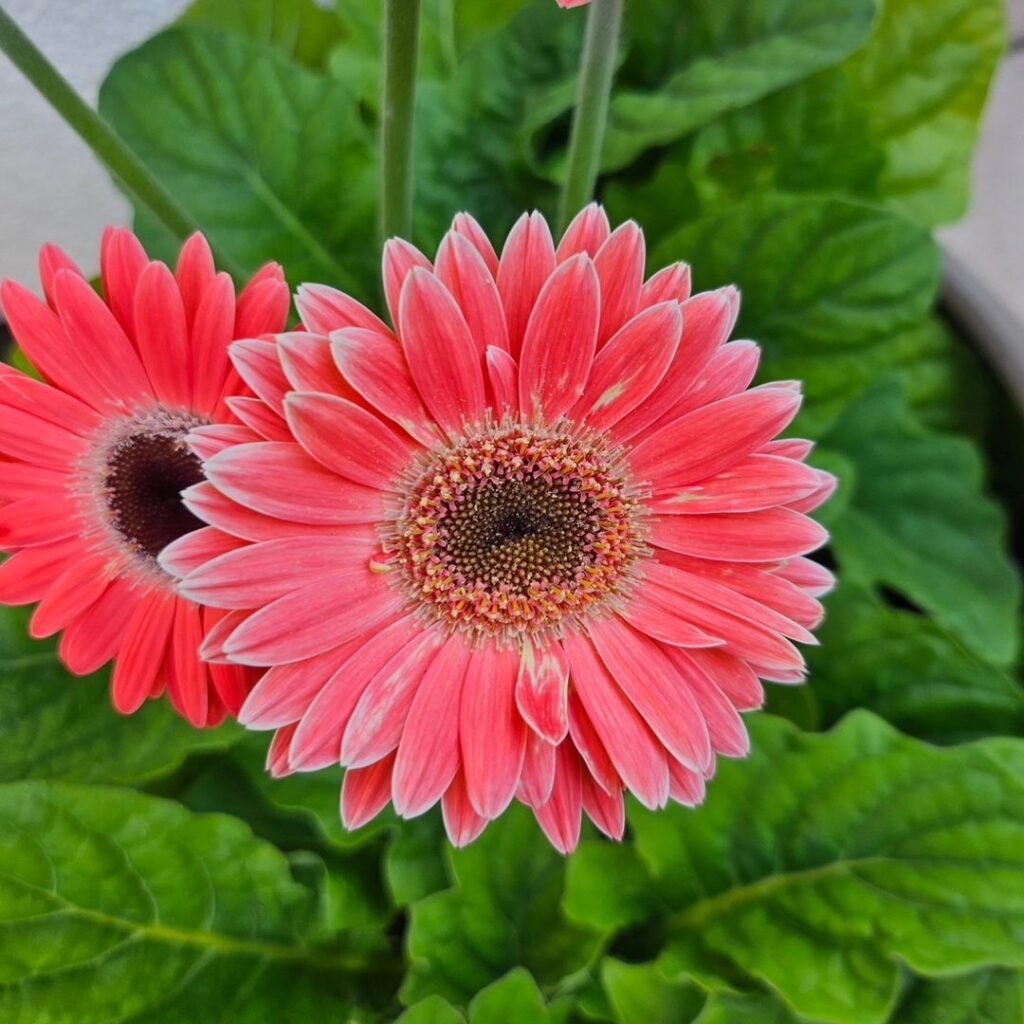
Gerberas, or Transvaal daisies, are like sunshine in flower form. I’ve used them in countless arrangements—they’re that cheerful.
- Appearance: Large, daisy-like blooms in red, orange, yellow, pink, or white.
- Growing Conditions: Full sun, well-draining soil. Protect them from frost—they’re tender perennials.
- Uses: Ideal as cut flowers (they last ages in a vase) or in garden beds.
- Symbolism: They stand for innocence and joy—perfect for gifting.
3. Gladiolus
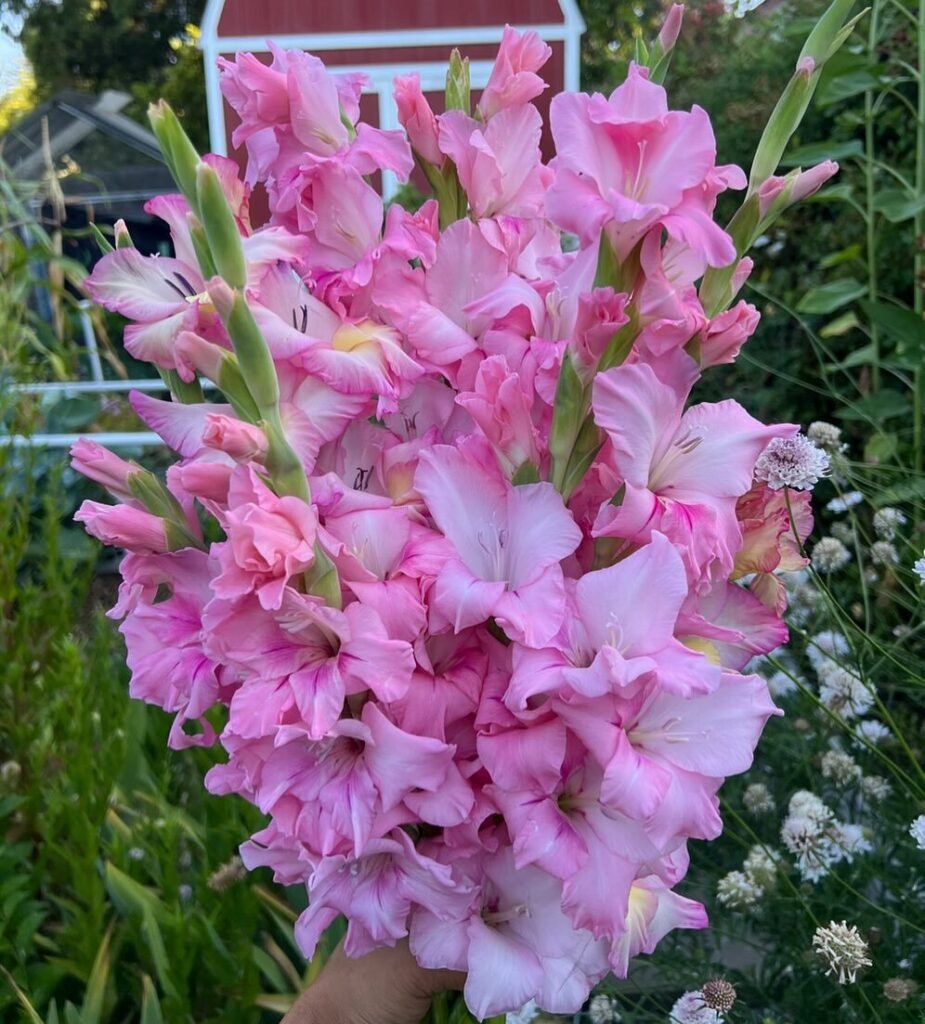
Gladiolus are the drama queens of the garden with their tall, striking spikes. I planted some last spring, and they stole the show!
- Appearance: Sword-shaped leaves with flower spikes in almost every color imaginable.
- Growing Conditions: Full sun, rich soil. Plant corms in spring for summer blooms.
- Uses: Stunning in tall arrangements or as a garden focal point.
- Fun Fact: Their name comes from the Latin word for “sword”—fitting, right?
4. Gardenia (Gardenia jasminoides)
別名ヤエクチナシ(.『果実が熟しても割れない(口を開かない)』-819x1024.jpeg)
Gardenias are my go-to for fragrance. Their scent fills my yard every summer—it’s pure bliss.
- Appearance: Creamy white, waxy flowers with glossy green leaves.
- Growing Conditions: Partial shade, acidic soil, high humidity. Mulch to keep roots happy.
- Uses: Wedding bouquets, corsages, or potted plants.
- Symbolism: Love and purity—romantic, huh?
5. Gazania
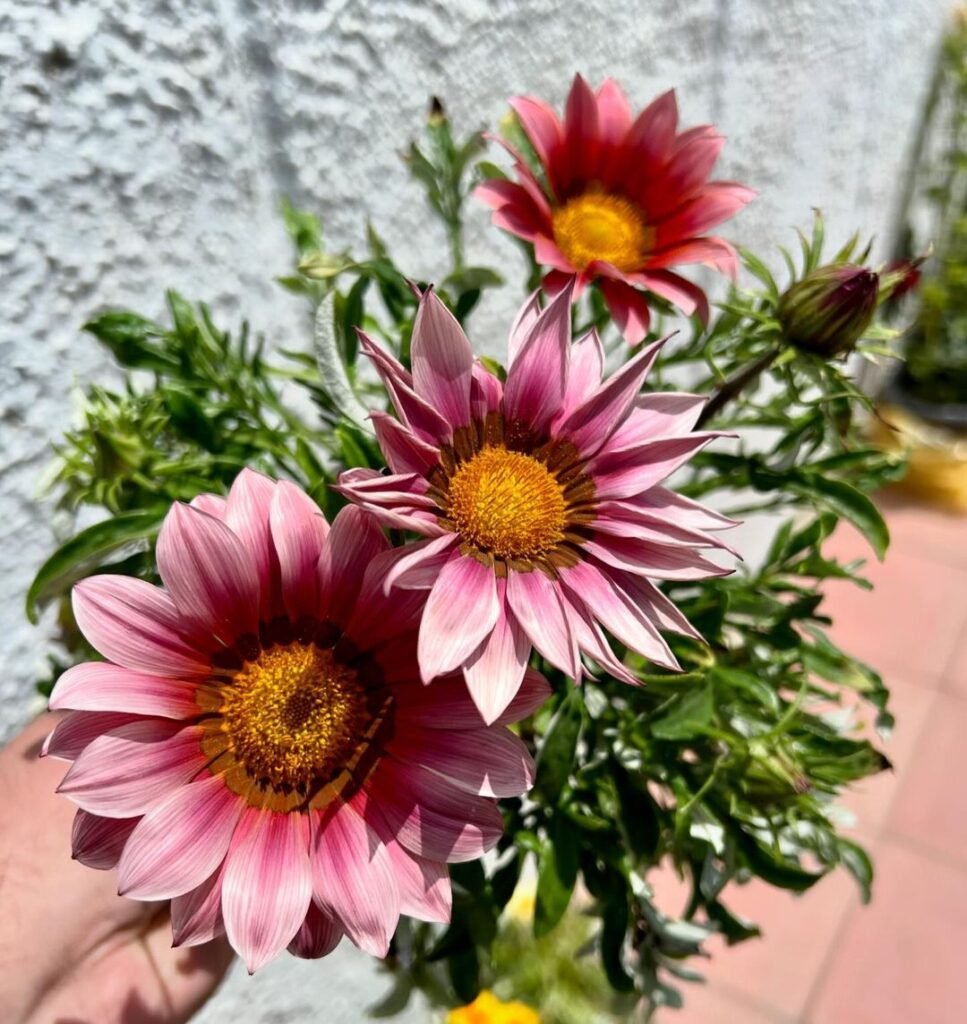
Gazanias are tough little blooms that thrive in my sunny spots. They’re like daisies with attitude.
- Appearance: Bright yellow, orange, or pink petals with a contrasting center.
- Growing Conditions: Full sun, sandy soil. They love heat and drought.
- Uses: Ground cover or container plants.
- Fun Fact: They close up at night—nature’s little trick!
6. Gaillardia (Blanket Flower)
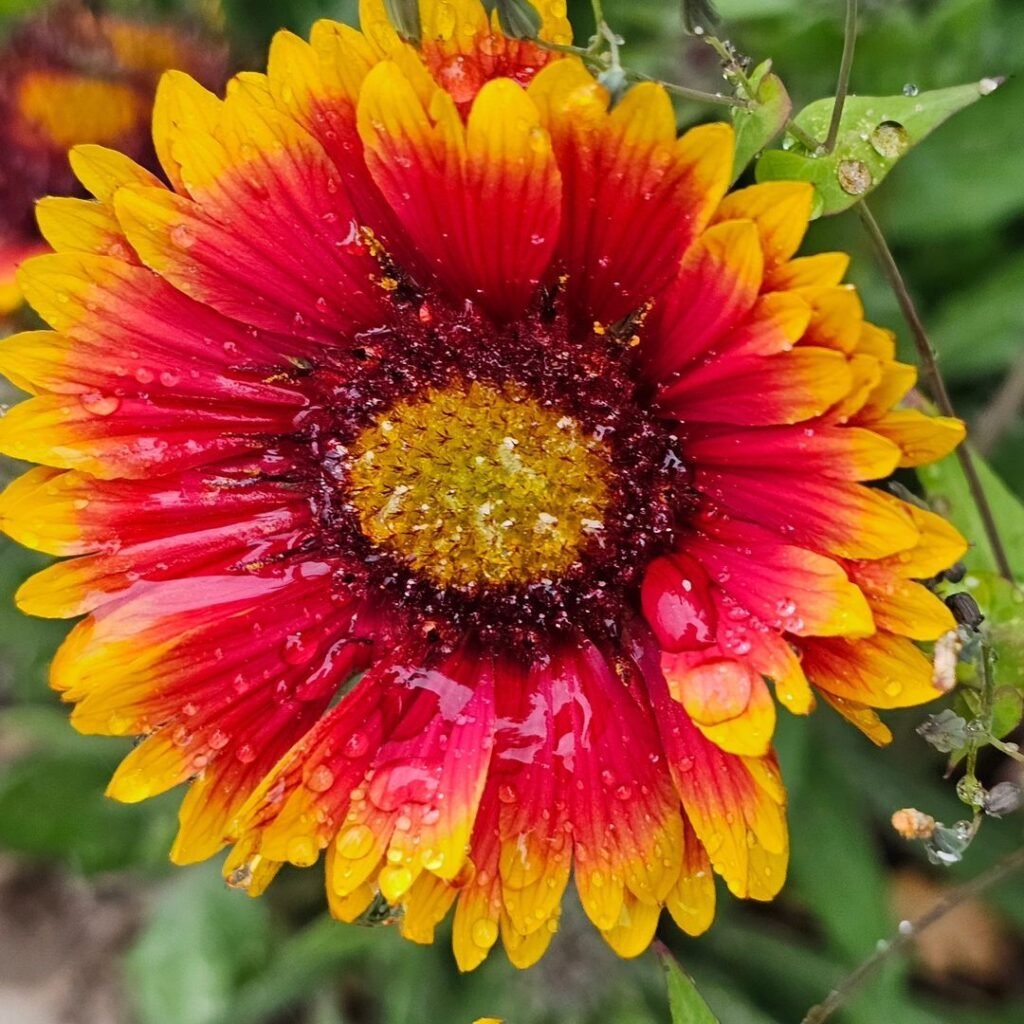
Gaillardia, or Blanket Flower, reminds me of wildflower meadows. They’re super easy to grow.
- Appearance: Red, yellow, or orange daisy-like flowers with a rustic vibe.
- Growing Conditions: Full sun, poor soil—they’re not fussy.
- Uses: Borders or pollinator gardens (bees love them).
- Fun Fact: They bloom all summer if you deadhead them.
7. Gypsophila (Baby’s Breath)
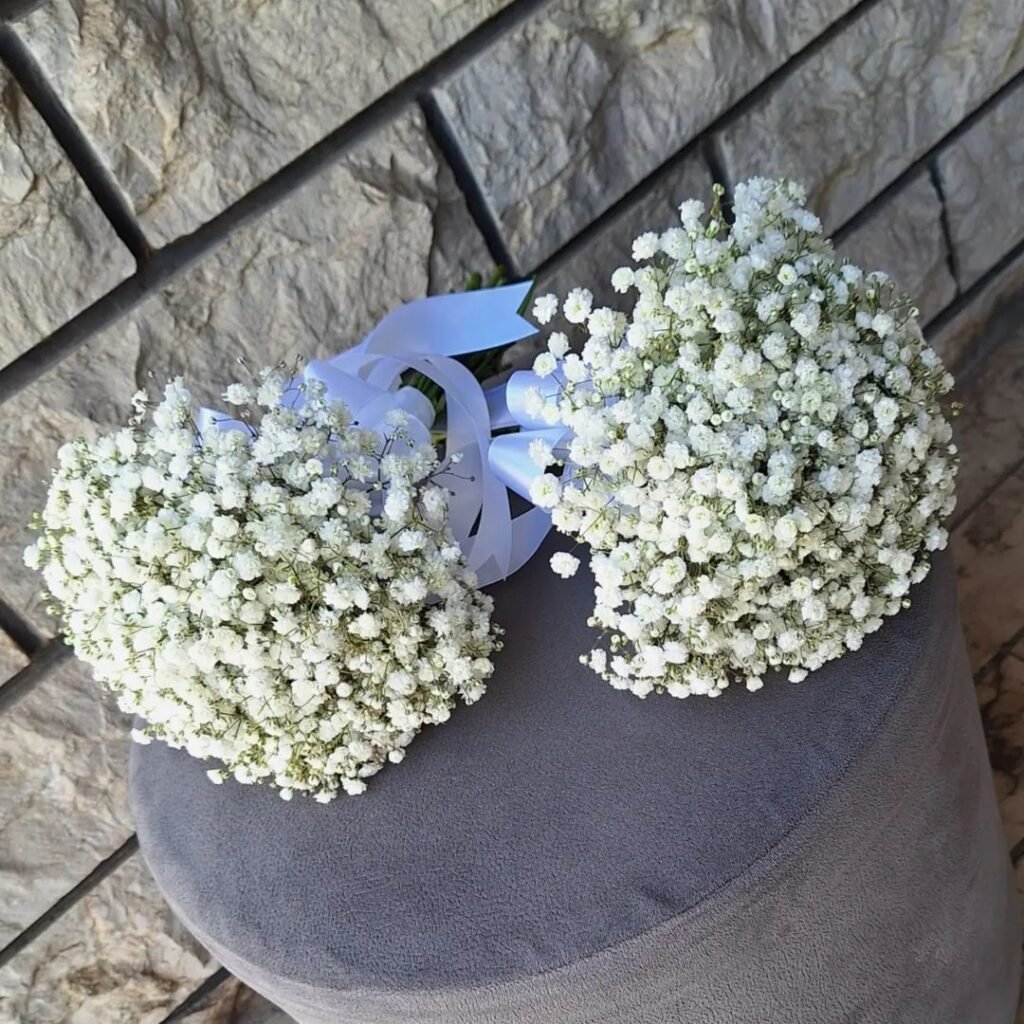
Gypsophila is my secret weapon for bouquets—it adds that soft, dreamy touch.
- Appearance: Tiny white or pink flowers on delicate stems.
- Growing Conditions: Full sun, well-draining soil. It’s pretty low-maintenance.
- Uses: Filler in arrangements or as a border plant.
- Fun Fact: I used it in my friend’s wedding bouquet—it was a hit!
8. Geum
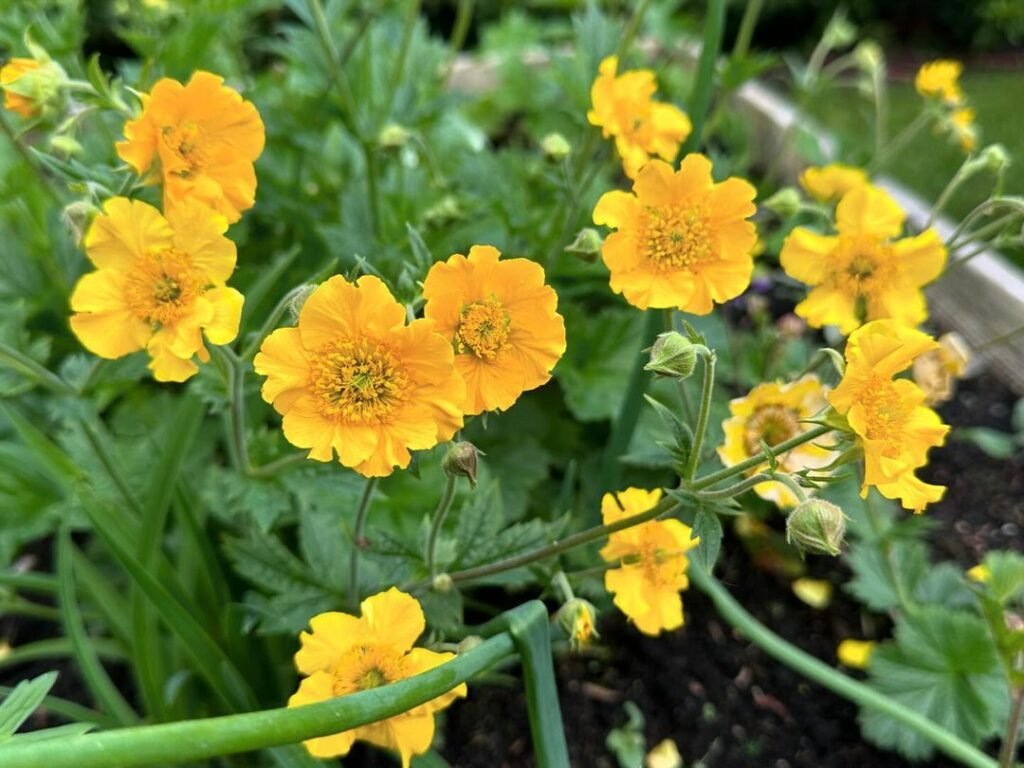
Geum is a hidden gem (pun intended) that I discovered a few years back.
- Appearance: Small, bright flowers in red, orange, or yellow on wiry stems.
- Growing Conditions: Partial shade to full sun, moist soil.
- Uses: Rock gardens or mixed borders.
- Fun Fact: They’re perennials, so they keep coming back!
9. Gloxinia
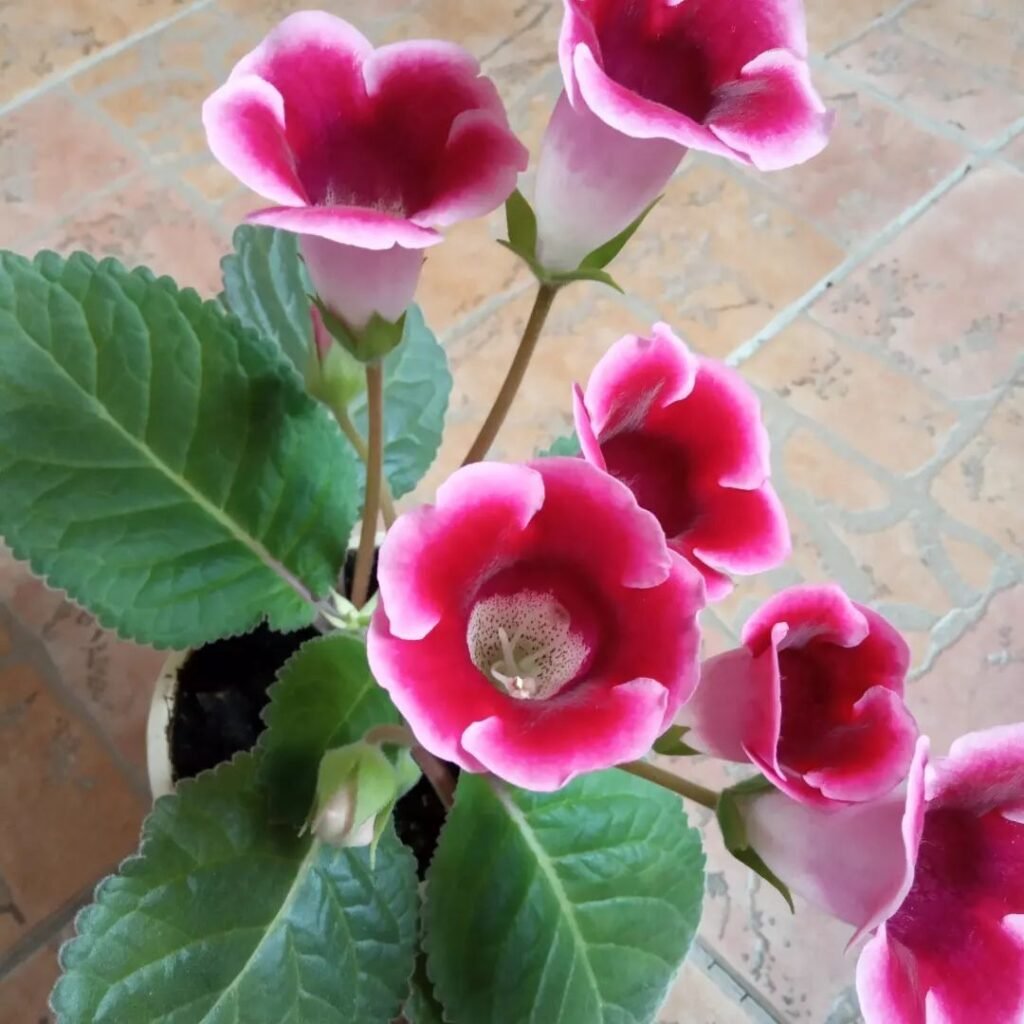
Gloxinia is my indoor favorite—those velvety blooms are irresistible.
- Appearance: Bell-shaped flowers in purple, pink, or white.
- Growing Conditions: Bright, indirect light, well-draining soil. Perfect for indoors.
- Uses: Houseplants or gifts.
- Fun Fact: They’re related to African violets—cool, right?
10. Godetia
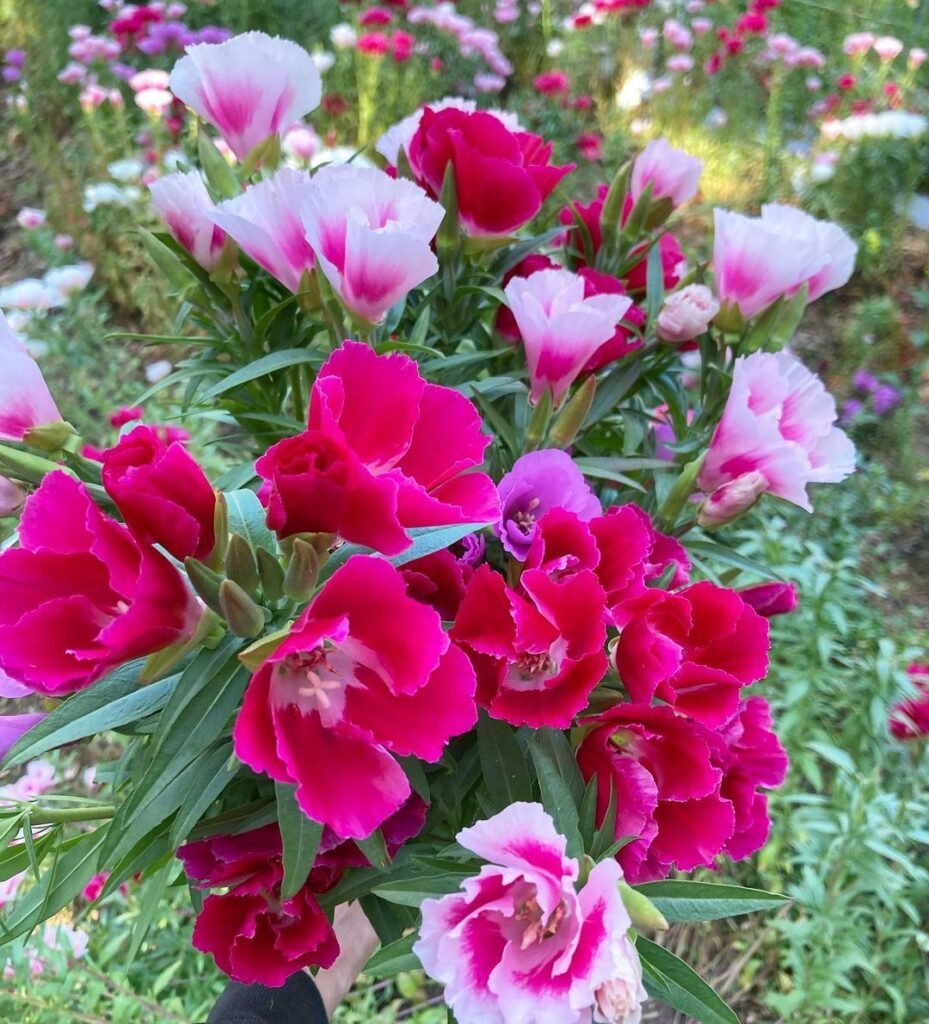
Godetia, sometimes called Farewell-to-Spring, is a sweet annual I’ve grown in pots.
- Appearance: Cup-shaped flowers in pink, purple, or white.
- Growing Conditions: Full sun, average soil.
- Uses: Cottage gardens or containers.
- Fun Fact: They bloom late spring to early summer—hence the name!
11. Gomphrena (Globe Amaranth)
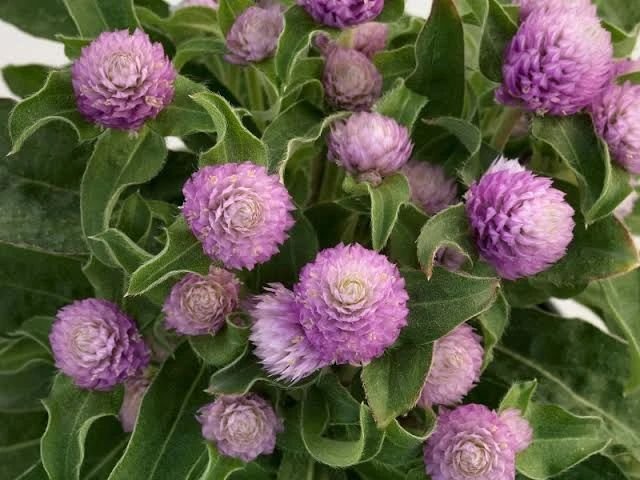
Gomphrena’s little pom-pom flowers are so fun to grow and dry.
- Appearance: Round blooms in purple, pink, or white.
- Growing Conditions: Full sun, dry soil. Heat lovers!
- Uses: Dried arrangements or garden color.
- Fun Fact: They keep their color when dried—great for crafts.
12. Gentian
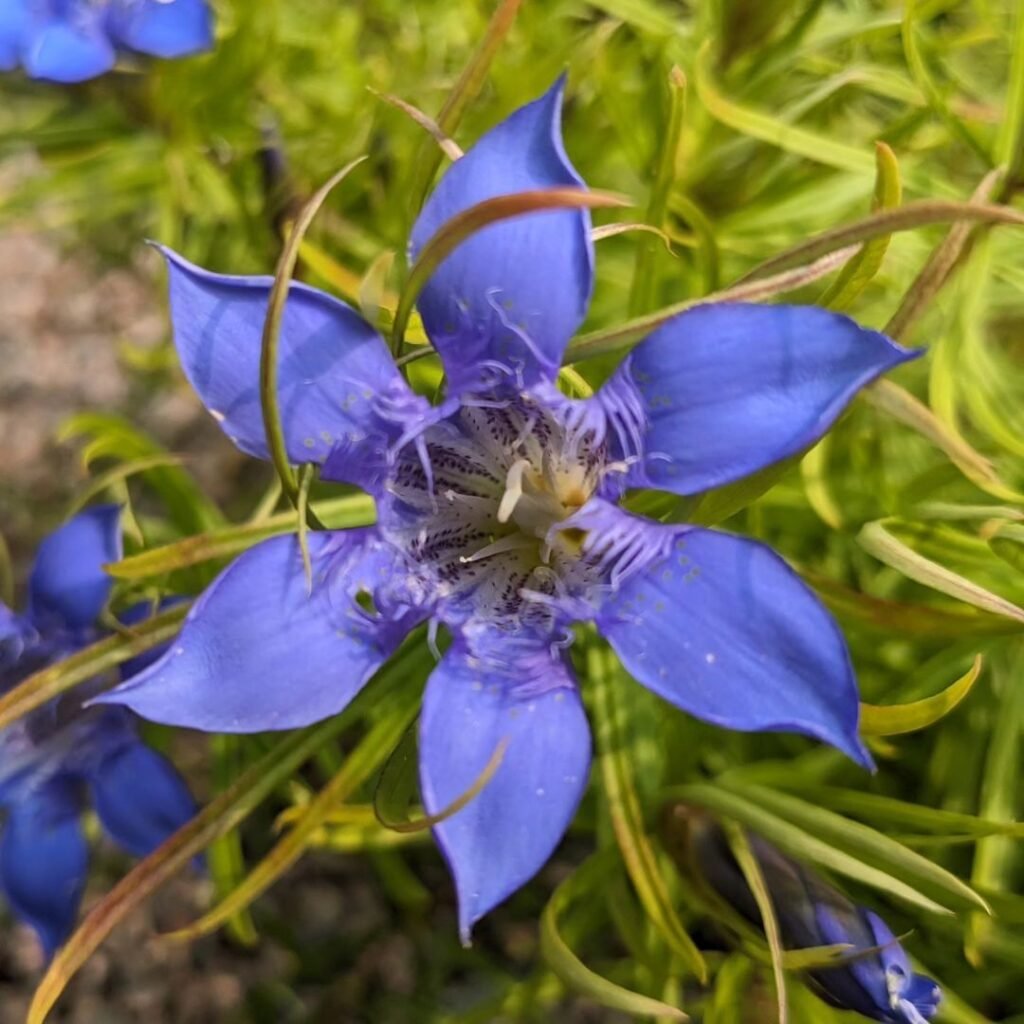
Gentian’s deep blue flowers are a rare treat in my garden.
- Appearance: Trumpet-shaped blooms, usually blue or purple.
- Growing Conditions: Partial shade, moist, acidic soil.
- Uses: Rock gardens or woodland edges.
- Symbolism: Often linked to admiration and gratitude.
13. Golden Rod (Solidago)
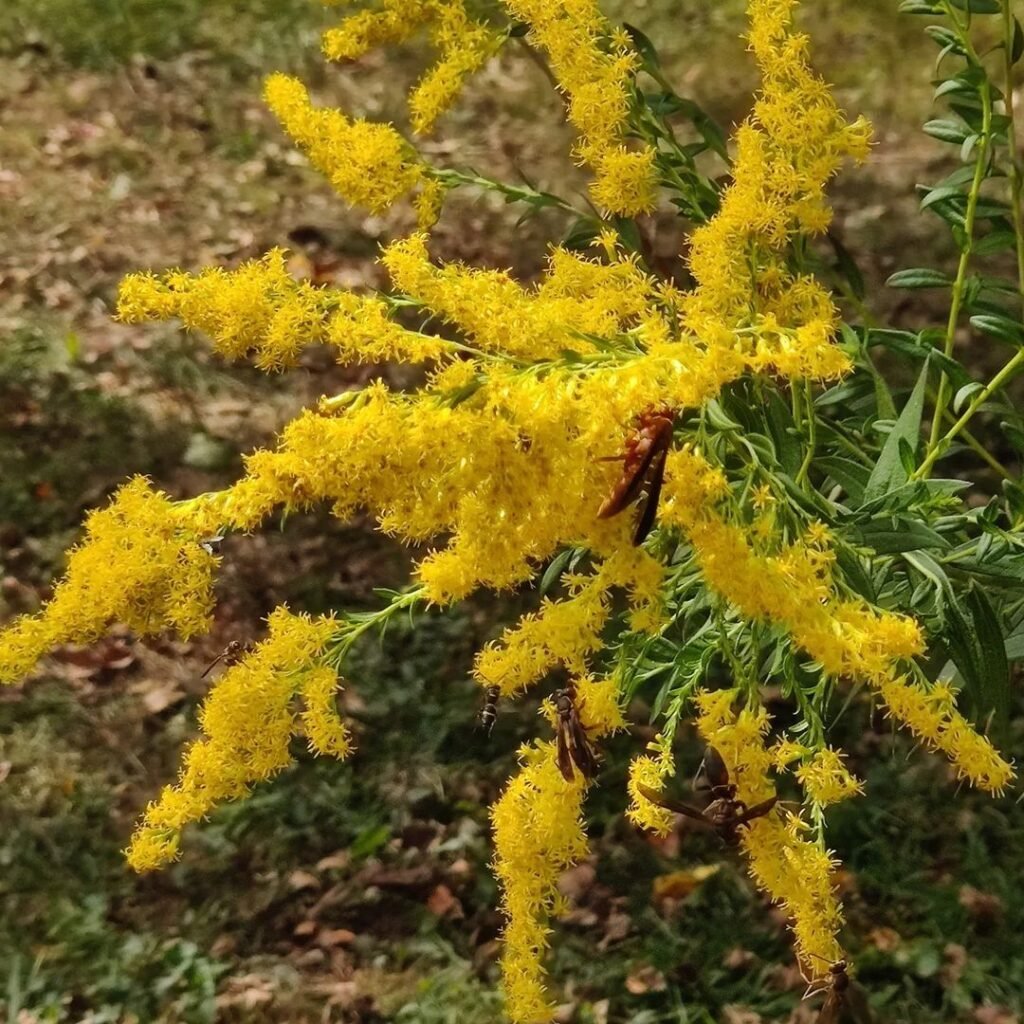
Golden Rod gets a bad rap for allergies (it’s usually ragweed’s fault!), but I adore its golden glow.
- Appearance: Tall spikes of tiny yellow flowers.
- Growing Conditions: Full sun, any soil—it’s tough.
- Uses: Pollinator gardens or naturalized areas.
- Fun Fact: It’s the state flower of Kentucky and Nebraska.
14. Guzmania
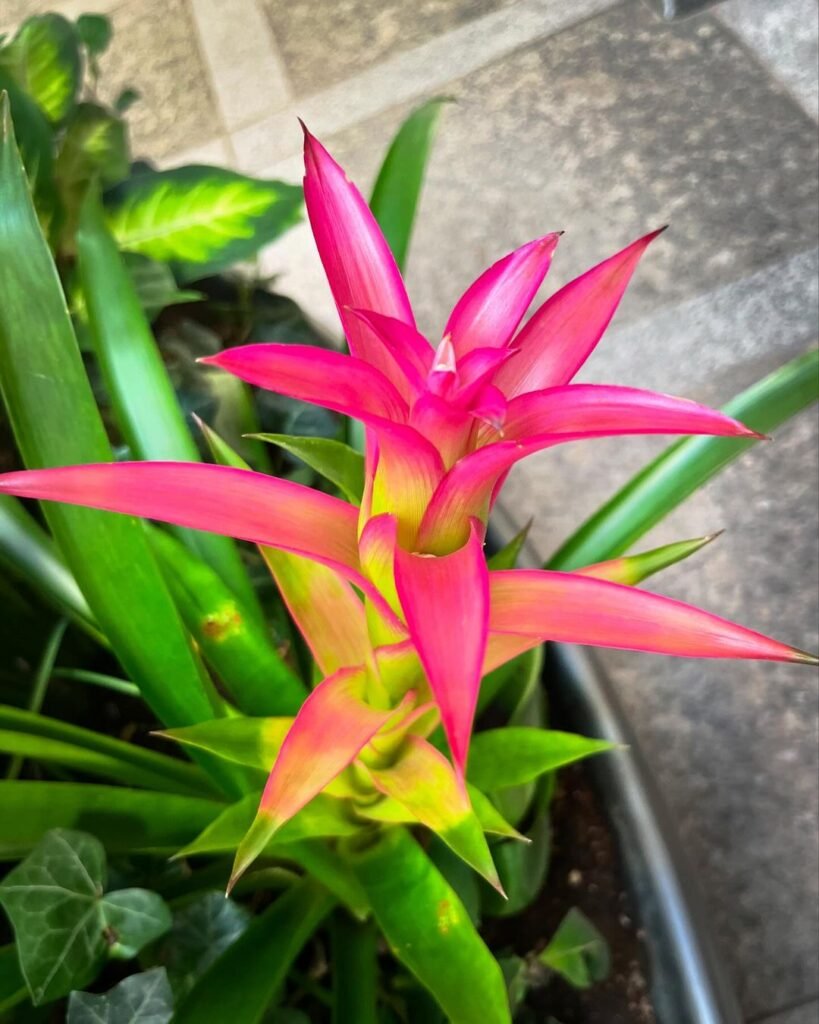
Guzmania is my tropical indulgence—those vibrant bracts are stunning indoors.
- Appearance: Colorful bracts (red, yellow, orange) with small flowers.
- Growing Conditions: Bright, indirect light, high humidity. A bromeliad!
- Uses: Houseplants or tropical displays.
- Fun Fact: The bracts last for months—low effort, big reward.
Growing Tips for US Gardeners
Want to grow these flowers that start with letter G? Here’s what I’ve learned over the years:
- Soil: Most prefer well-draining soil. For heavy clay, mix in compost or sand.
- Light: Full sun works for most, but Gardenias and Gentians like some shade.
- Water: Deep, infrequent watering builds strong roots. Don’t overdo it!
- Climate: Check your USDA zone—Geraniums are perennial in zones 10-11, while others like Gladiolus need spring planting.
For specifics, try pinching Geraniums for bushier growth or mulching Gardenias to retain moisture. Curious about zones? Visit this USDA guide for details.
Need more growing advice? My article on starting seeds indoors at USA Garden Hub has you covered!
Using These Flowers in Floral Arrangements
These flowers starting with the letter G shine in arrangements:
- Gerberas: Bold focal points.
- Gypsophila: Airy filler—I’ve used it in every bouquet I’ve made!
- Gladiolus: Adds height and drama.
- Gardenias: Fragrant elegance for special occasions.
Mix textures and colors—like Gerberas with Gypsophila—for a wow factor. For DIY ideas, check out Purdue’s floral design tips.
Symbolism and Meanings
Some of these blooms carry special meanings:
- Gardenia: Love and purity—ideal for weddings.
- Geranium: Friendship or happiness, depending on color.
- Golden Rod: Encouragement and growth.
Knowing this adds a personal touch to your gardening or gifting!
FAQ: Your Questions Answered
What’s the easiest flower starting with G to grow?
Geraniums win hands-down—they’re forgiving and adaptable.
Are any of these flowers toxic to pets?
Yep, Gardenias and Gladiolus can harm cats and dogs. See ASPCA’s toxic plant list for more.
Can I grow these indoors?
Gloxinia, Guzmania, and some Geraniums thrive inside with good light.
For deeper plant info, explore Missouri Botanical Garden’s Plant Finder.
Conclusion
From the hardy Geranium to the tropical Guzmania, flowers that start with G bring endless possibilities to your garden and home. After a decade of digging in the dirt, I can tell you these plants are worth the effort—they’ve brought me so much joy. Why not try growing a few yourself? Whether it’s a sunny border or a cozy indoor pot, these blooms will brighten your day.
For more gardening inspo, head to USA Garden Hub or dive into resources like Cornell’s gardening site. Happy planting!

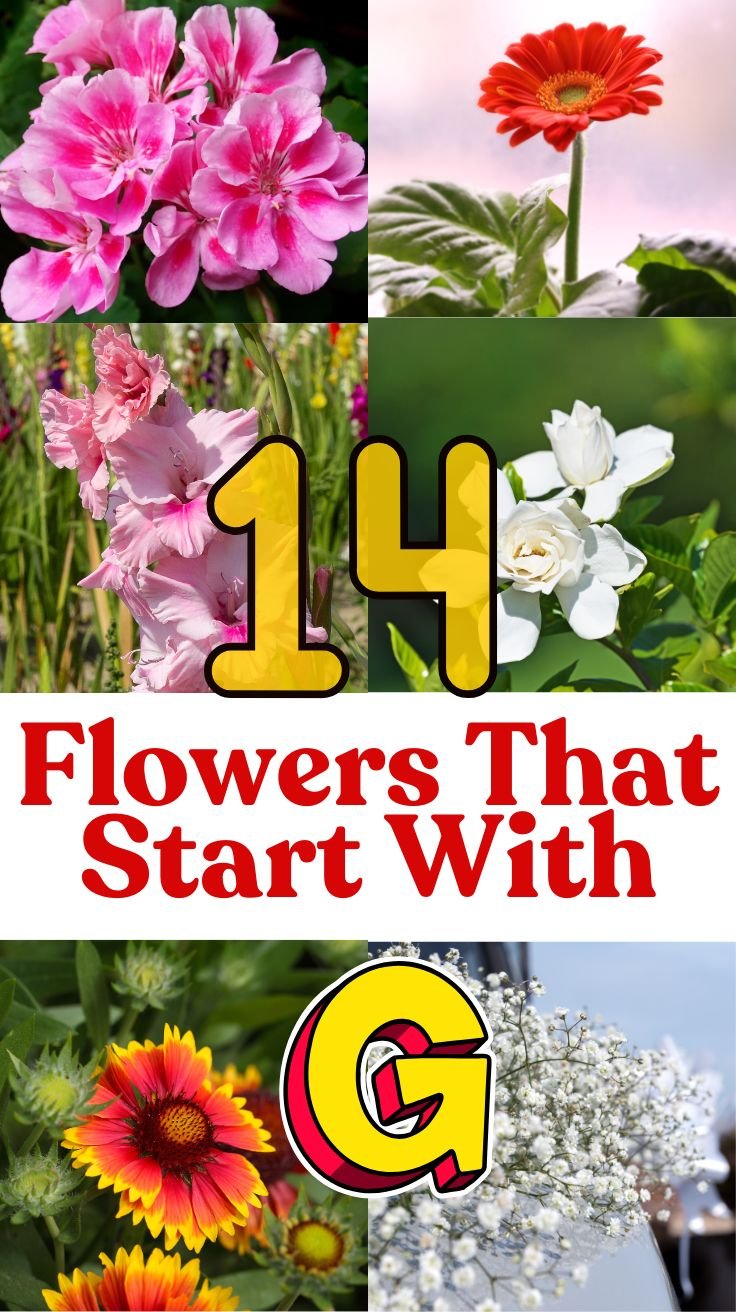
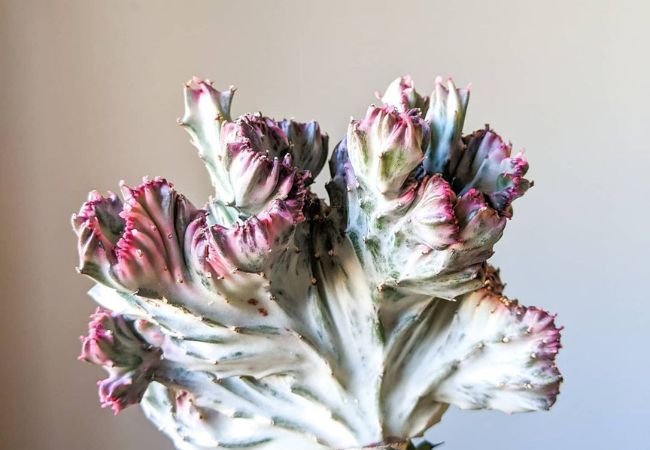

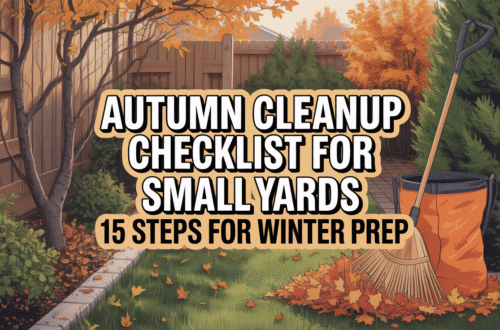


One comment on “14 Gorgeous Flowers That Start With G : A Gardener’s Guide (2024)”